What are the characteristics and planting skills of lotus?
"Out of the mud but not stained, clean ripples but not demon" This poem we all know, praise is lotus, mentioned lotus we have seen, also ate lotus seeds and lotus roots, and lotus leaves, lotus seeds, roots, lotus nodes, seed embryos can be used as medicine, there are many friends on the cultivation of lotus is not too familiar with, the following I did not come to understand this is full of treasure plants!

What are the characteristics of lotus?
Lotus is a perennial herbaceous aquatic plant belonging to the genus Nelumbinis.
Lotus root and lotus seed can be eaten, lotus seed, rhizome, lotus root node, lotus leaf, flower and seed embryo can be used as medicine. Perennial aquatic herb; rhizome transverse, fleshy, internodes dilated, with numerous longitudinal aeration channels, nodes constricted, upper black scaly leaves, lower bearded adventitious roots.
Leaves round, peltate, 25 - 90 cm in diam., dark green on surface, covered with waxy powdery white, grayish green on back, slightly wavy throughout. The flower color has white, pink, deep red, lavender or intermediate color changes, inverted conical sponge receptacle, receptacle surface with a majority of scattered honeycomb-like holes, gradually expanded after fertilization called lotus, each hole born a nut (lotus seed). Flowering June ~ September, open and close every morning and evening. The fruit ripening period is from September to October.
Lotus root is a kind of plump underground stem which grows in silt. Lotus cross-section has many different sizes of the pore, which is to adapt to the formation of water lotus life in the air cavity. It prefers relatively stable calm shallow water, lakes, marshes and ponds, which is its suitable habitat.
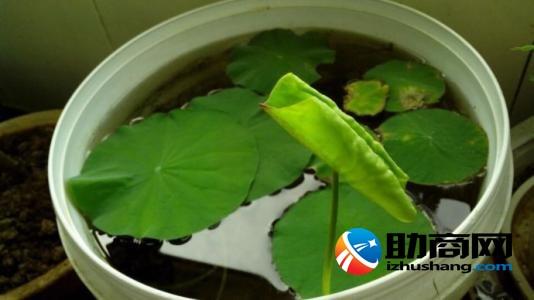
What are the skills of potted lotus planting?
(1)Light and temperature requirements. Lotus likes strong light, receive 7-8 hours of light every day, can make its buds increase, flowers bloom constantly. Avoid cultivation in the shade, lotus open-air display is appropriate, family potted lotus, must be placed on the balcony or courtyard. Lotus temperature requirements are very strict, generally 8-10℃ began to sprout, 14℃ lotus belt began to elongate, 25-30℃ is the most suitable temperature for lotus growth and development, especially rainy and sunny weather, more conducive to plant growth. At 18-21℃, leaves begin to sprout. Blooming requires high temperatures. The new lotus roots grow at 25℃. Most of the cultivated varieties turn to the long lotus roots stage when the temperature drops around the beginning of autumn.
(2)Cultivation management. Lotus planting needs to choose leeward, sunny, flat terrain. The flower jar for container planting is generally 40-50 cm high, the diameter of the jar mouth is 60-70 cm, and the diameter of the jar bottom is 40-50 cm. The flowerpot with wide bottom shallow basin is advisable. The arrangement of vats and pots in the flower field should not only consider the growth needs of lotus flowers, but also consider the convenience of operation and economic land use. The distance between vats is generally 70 cm x 70 cm, and the walkway is about 100 cm; the distance between pots is 50 cm x 50 cm, and the walkway is about 80 cm.
Lotus requirements rich in humus fertile soil, pH 6.5-7.5 is appropriate. In the vats or pots in which lotus flowers are planted. First put in 3/5 of the lake mud, then add a small amount of water to mix into a thin mud, cut 3 sections into a section, keep the terminal bud, waist bud and tail bud intact seed lotus. Generally, it is advisable to plant 2 lotus roots per jar (pot). After planting 3~5 days do not have to add water to the basin, vat, until the mud surface cracks can add a small amount of water, so that the seed lotus tight mud easy to germinate. With the emergence of floating leaves and the growth of vertical leaves, the water layer in the basin and vat gradually deepened. To the basin, the jar mouth.
Pot, tank cultivation lotus, according to the size of the container fertilization generally 200-500 grams of chicken manure, pig manure, cow dung or human manure as a base fertilizer (chicken manure is the best). 30 days after planting, apply once decomposed bean cake water or human excrement liquid fertilizer with a concentration of 10%. After the leaves bloom, apply 1-2 times, and apply calcium superphosphate and potassium sulfate once every 7 days during flowering. Summer temperature is high, lotus easy to lose water, at this time pot planting lotus should be 1-2 days add water; potted each mouth add 1-2 times of water, the requirements of the pot water temperature is generally consistent, and to maintain the water quality clear. Late autumn and early winter, lotus into dormancy period, do not often add water, tanks, pots only keep shallow water can be.
Potted lotus, in the Yangtze River basin can be open winter, but need to be buried in the soil. In the north, people should winter in greenhouse.
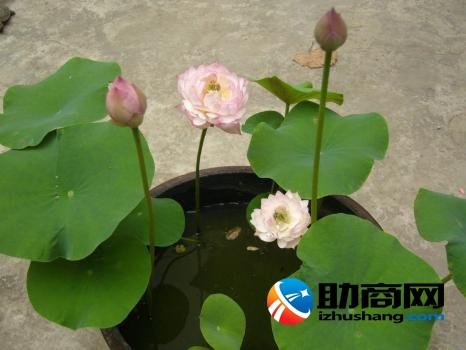
What is the effect of lotus?
Lotus stamen (stamen), lotus seed (receptacle), lotus stalk (petiole), lotus stalk (stalk), lotus seed (fruit), lotus plumule (embryo in fruit), lotus root, lotus root node (underground stem) can be used as medicine. Among them, lotus seed has the effect of tonifying spleen and kidney, nourishing heart and calming nerves; lotus seed heart has the effect of clearing away heat and calming nerves; lotus root has the effect of clearing away heat and promoting body fluid, cooling blood and dispersing blood stasis. Lotus root starch processed by lotus root is nourishing food for the elderly, children, pregnant women and the weak after illness. It is rich in nutrition, easy to digest, and has the effect of stimulating appetite and invigorating spleen; lotus root node has the effect of stopping bleeding and eliminating blood stasis, and is often used to treat vomiting blood, hemoptysis, epistaxis, metrorrhagia, etc. Lotus has the effect of removing blood stasis and stopping bleeding, and can be used for treating metrorrhagia and hematuria; lotus stalk has the effect of strengthening kidney and astringent essence, and can be used for treating nocturnal emission and frequent urination; lotus stalk has the effect of ventilating and broadening chest, harmonizing stomach, calming fetus and promoting lactation, and is often used for vomiting during pregnancy, fetal movement disturbance, milk obstruction, etc. Specific usage is: lotus seed can be boiled porridge consumption; lotus seed can replace tea drink or decoction; lotus seed can be decoction; lotus stalk and lotus stalk can be decoction or tea drink.
Lotus mainly has rot disease, leaf blight damage, but not too serious. If found available 50% topozin temperature powder 1000 times the solution spray treatment. Lotus pests have thorn moth, aphid, snail and other hazards, can be caught manually or with trichlorfon, dimethoate, speed kill Ding and other chemical control. Family planting a small amount of lotus, available all invincible and other agents spray pests. Xiaobian introduced so much, I believe everyone must have some understanding, I hope Xiaobian can help more friends.
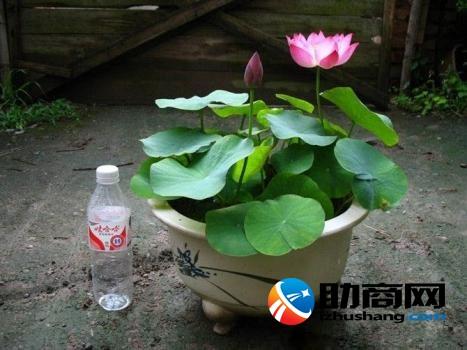
- Prev
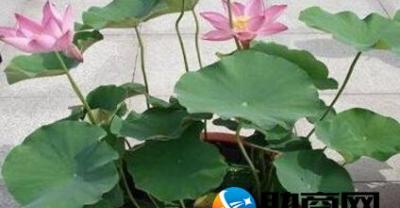
What is the most profitable to grow in rural areas in 2017?
Planting is the main way to get rich in the vast rural areas. now, the state has issued many policies to benefit the people, and farmers in many areas have become rich by planting.
- Next
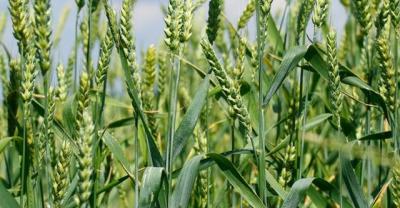
Modern agricultural planting, soilless cultivation model, let you eye-opener!
Soilless cultivation is to use nutrient solution instead of soil, according to different plants to configure different nutrient solution, is to grow vegetables or plants to achieve better growth.
Related
- Fuxing push coffee new agricultural production and marketing class: lack of small-scale processing plants
- Jujube rice field leisure farm deep ploughing Yilan for five years to create a space for organic food and play
- Nongyu Farm-A trial of organic papaya for brave women with advanced technology
- Four points for attention in the prevention and control of diseases and insect pests of edible fungi
- How to add nutrient solution to Edible Fungi
- Is there any good way to control edible fungus mites?
- Open Inoculation Technology of Edible Fungi
- Is there any clever way to use fertilizer for edible fungus in winter?
- What agents are used to kill the pathogens of edible fungi in the mushroom shed?
- Rapid drying of Edible Fungi

